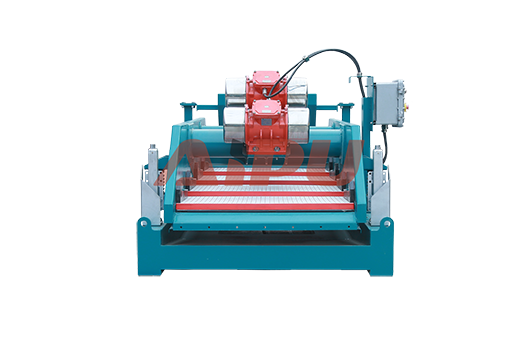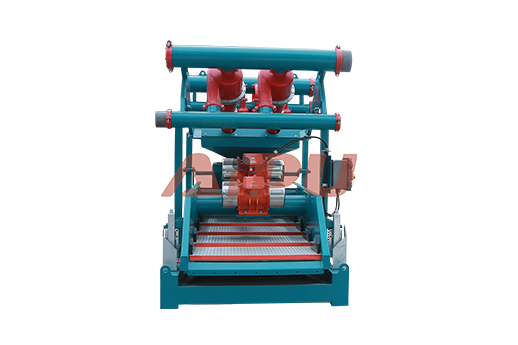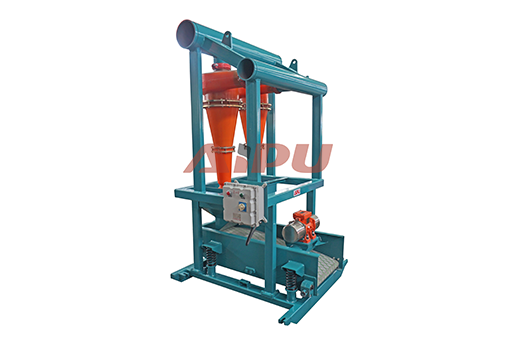How to Improve Shale Shaker Screen Efficiency in Fine Solids
Improving shale shaker screen efficiency when dealing with fine solids is a critical challenge in drilling operations. These tiny particles can quickly blind screens, drastically reducing fluid processing capacity and increasing costs. Effective management of fine solids is not just about equipment; it's about optimizing the entire screening process to maintain peak performance and protect downstream equipment from unnecessary wear.
Understanding the Challenge of Fine Solids
Fine solids, typically those smaller than 44 microns, present a unique problem. Their size allows them to lodge directly into the screen mesh openings, a phenomenon known as blinding or plugging. A blinded screen cannot perform its primary function of allowing liquid to pass through while retaining solids. This leads to a rapid decline in flow rate, forcing drilling fluid off the shaker and back into the system, which increases the overall solids content and mud weight. This inefficiency can result in significant financial losses due to wasted fluid, screen replacements, and potential damage to other solids control equipment.
Selecting the Optimal Screen Panel
The choice of screen panel is the first and most crucial step. For fine solids, a multi-layered or composite screen is often the best solution. These screens feature multiple layers of mesh, with a fine top layer for primary separation and a coarser, more robust support layer underneath. This design provides excellent structural integrity, preventing the fine mesh from deforming under high flow rates and particle load. The key is to select a screen with the finest possible mesh that still provides adequate fluid throughput for your specific drilling fluid properties.

Optimizing Shaker Operating Parameters
Proper shaker operation is just as important as screen selection. The combination of vibration intensity (G-force) and screen angle directly impacts efficiency. For fine solids, a higher G-force is generally beneficial as it provides more energy to help dislodge particles that are trying to blind the screen. The screen deck angle should be adjusted to ensure a thin, evenly distributed fluid flow across the entire screen surface. A flow that is too thick or fast will overwhelm the screen, while a flow that is too slow can allow solids to settle and cause premature blinding. Regularly monitoring and adjusting these parameters in response to changing drilling conditions is essential.
Implementing Pre-Screening and Fluid Conditioning
No shaker screen should bear the full burden of the mud system. Using a scalping shaker to remove the largest cuttings before the main shaker can dramatically extend the life of fine mesh screens. Furthermore, proper chemical conditioning of the drilling fluid is vital. Chemicals like thinners and dispersants can help prevent fine particles from aggregating into larger, screen-blinding clumps. By ensuring the fluid has the right rheological properties, you help the shaker perform its job more effectively, allowing free-flowing liquid to pass through the screen while the solids are conveyed off.
Establishing a Rigorous Maintenance Routine
Preventative maintenance is the cornerstone of sustained efficiency. Screens should be inspected regularly for tears, blinding, or wear. A consistent washing routine, using low-pressure water, can help remove stubborn fine solids lodged in the mesh. It is also critical to ensure the shaker's motion is correct—check for worn-out vibrator motor parts or imbalances that can lead to poor solids conveyance and fluid distribution. A well-maintained shaker operating with intact screens will always deliver superior performance.
For operations seeking reliable and high-performance solids control equipment, the shaker screens and systems manufactured by Aipu are engineered to meet the demanding challenges of modern drilling. Their focus on robust design and efficient screening technology makes them a strong partner for achieving optimal solids control and cost-effectiveness on the rig.






